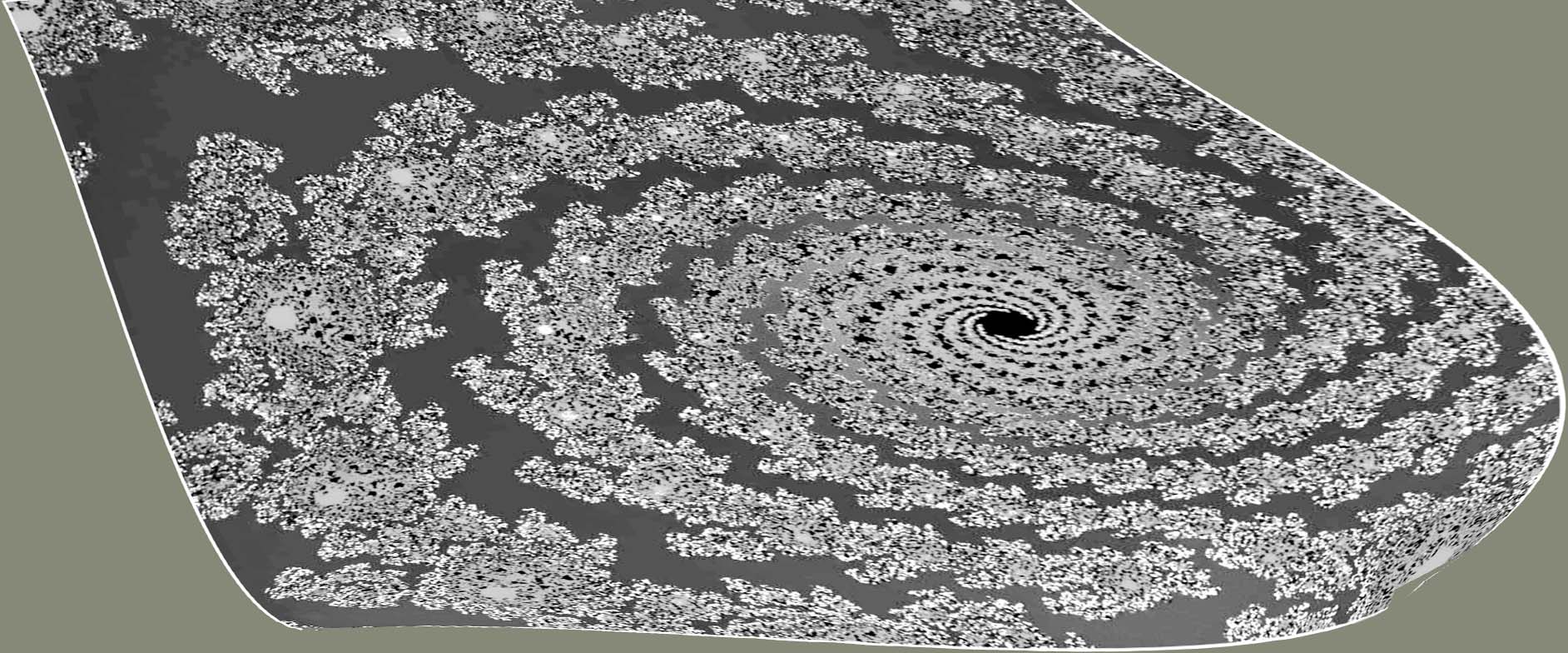I'm a graphic designer and my client has asked me to use this fractal in a design that I'm working on. As you can see, it's not a very good copy, so I'm trying to see if I can generate a high-resolution version for the project. I've found all sorts of fractal generators that work great and many of them will allow me to enter a specific equation. The trouble is that I'm a designer and not a mathematician! So the question is this: is it plausible to think that this could be reverse engineered, or is that an insane idea? If it's plausible, how would I achieve it?
EDIT:
I found the original from the book (below). The values @Carlo Beenakker posted got me very close to the right area. I was able to render and warp the output and achieve what we were looking for! It's not exact, but very close.






